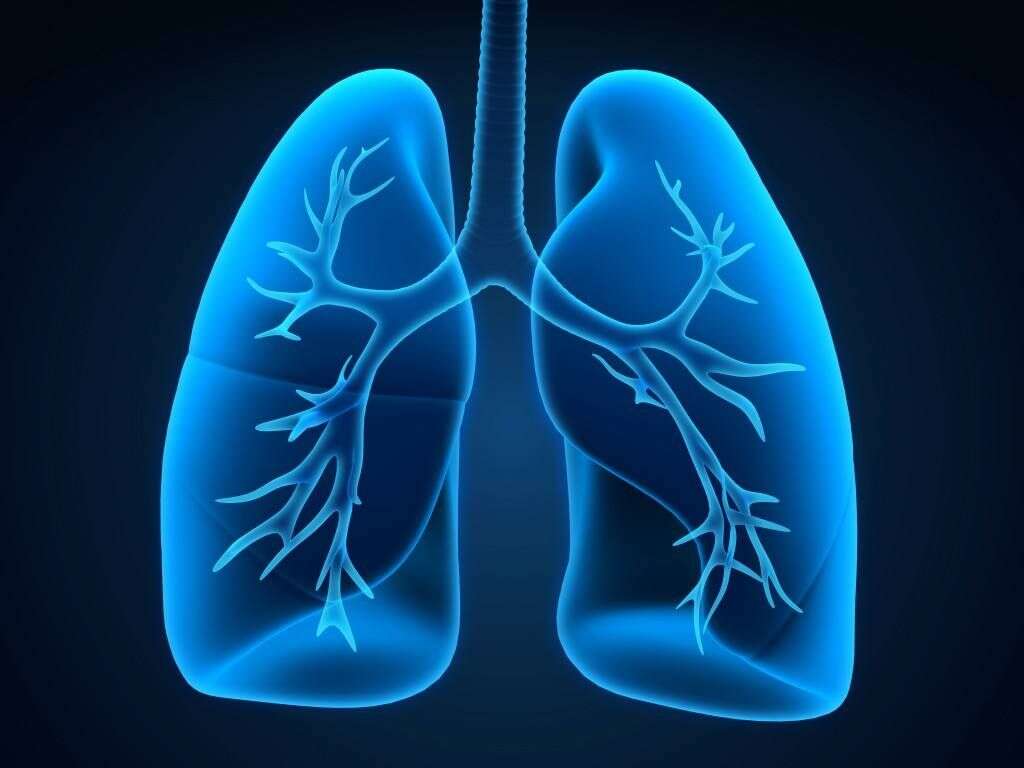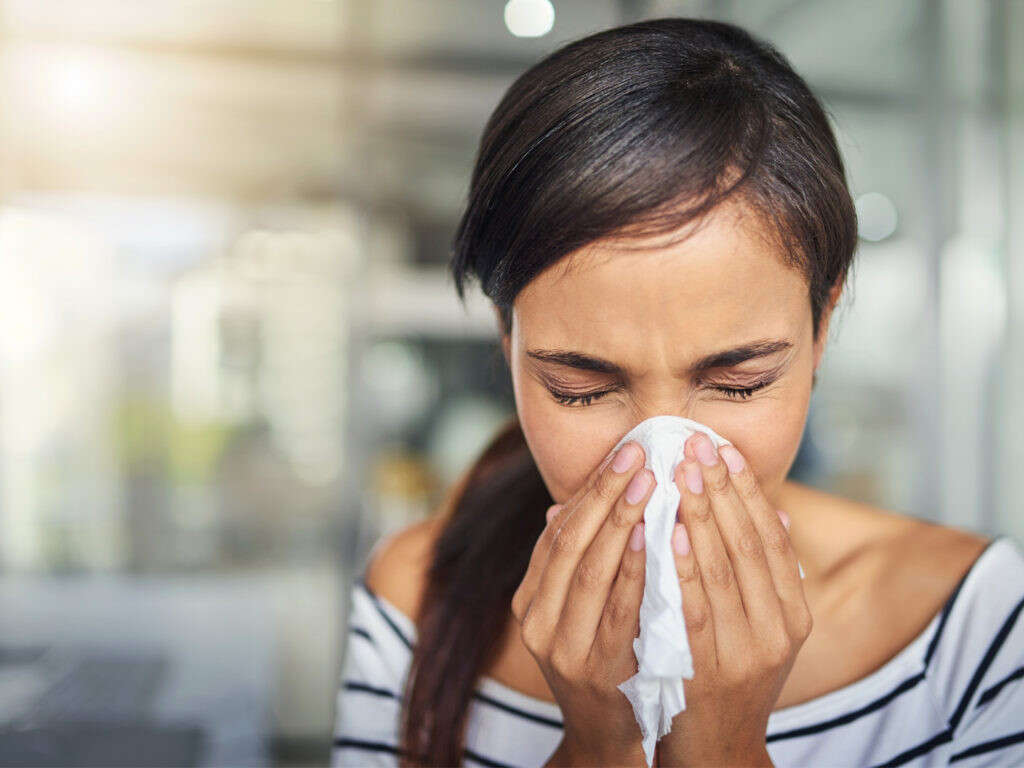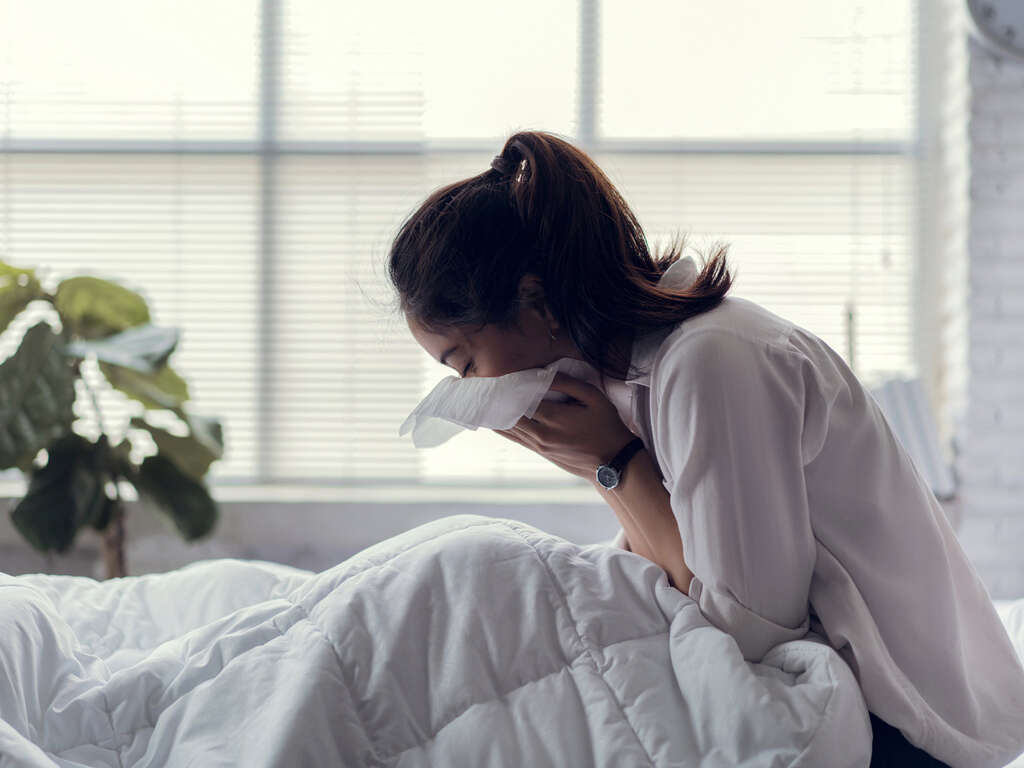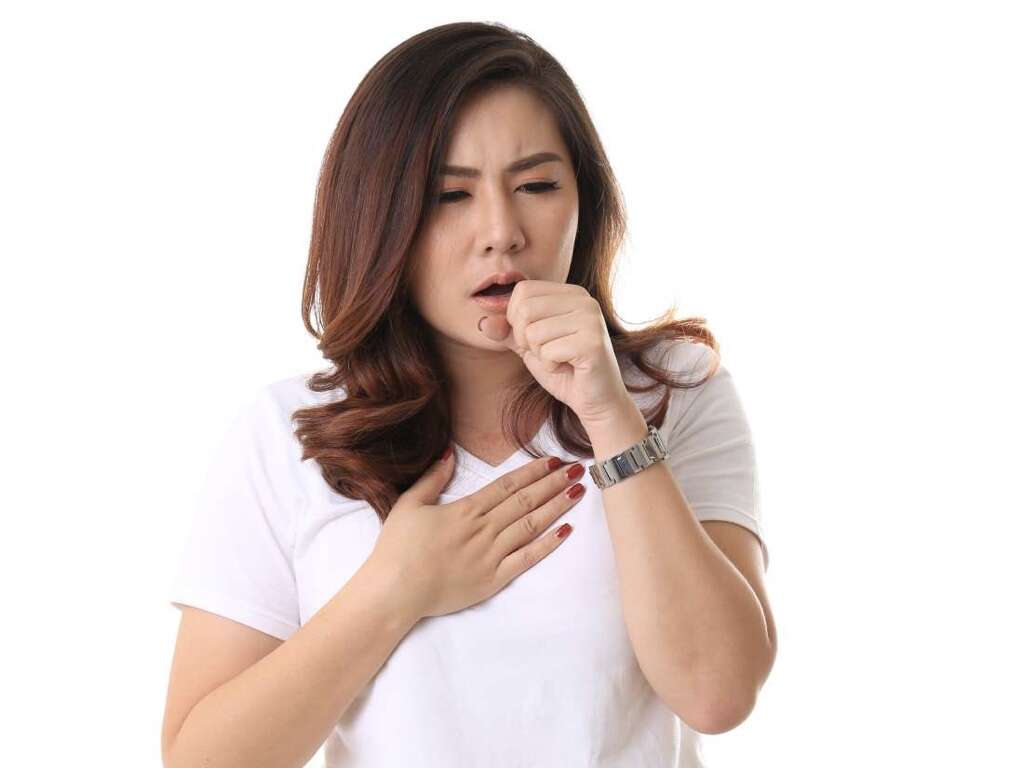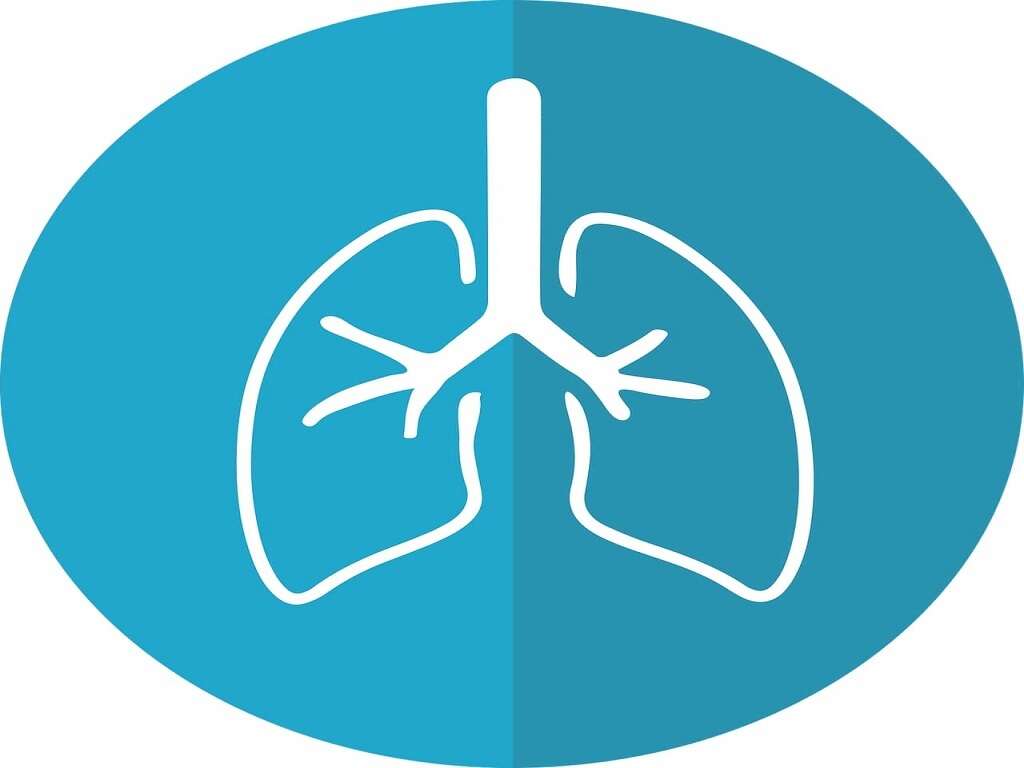10 Common Cold Symptoms
 Article Sources
Article Sources
- 1. 'Cold Versus Flu.' Centers for Disease Control and Prevention, Centers for Disease Control and Prevention, 31 Aug. 2020, www.cdc.gov/flu/symptoms/coldflu.htm
- 2. 'Common Colds: Protect Yourself and Others.' Centers for Disease Control and Prevention, Centers for Disease Control and Prevention, 7 Oct. 2020, www.cdc.gov/features/rhinoviruses/index.html
- 3. 'Common Colds: Overview.' InformedHealth.org /[Internet/]., U.S. National Library of Medicine, 8 Oct. 2020, www.ncbi.nlm.nih.gov/books/NBK279543/
- 4. 'Why Do Muscles, Joints Ache during the Flu?' News, news.llu.edu/health-wellness/why-do-muscles-joints-ache-during-flu
- 5. 'Chest Cold (Acute Bronchitis).' Centers for Disease Control and Prevention, Centers for Disease Control and Prevention, 14 Apr. 2021, www.cdc.gov/antibiotic-use/bronchitis.html
Many people wonder if they have a cold or flu when their nose runs or a cough develops. Both share several of the same symptoms, including a runny or stuffy nose, cough, chest congestion, sore throat and fever.
The speed at which symptoms begin can help determine whether it's the common cold or the flu. For example, a cold's symptoms come on gradually and rarely include a fever. On the other hand, the flu hits hard and fast. In addition, its symptoms normally include a fever, body aches and chills. Keep reading to learn more about common cold symptoms.1‘Cold Versus Flu.’ Centers for Disease Control and Prevention, Centers for Disease Control and Prevention, 31 Aug. 2020, www.cdc.gov/flu/symptoms/coldflu.htm
Runny Nose
A runny nose is typically one of the first common cold symptoms. It causes clear mucus to come out of the nose. Sometimes the color changes to a white or yellow color. The purpose is to help the immune system wash the virus from the body, but the nose can become sore after too much blowing.
Try using a cool-mist vaporizer and drink plenty of liquids to thin out the mucus to make it easier to breathe. Additionally, a saline nasal spray might help people with a cold feel better.
Sore Throat
Coughing and nasal discharge down the back of the throat can lead to soreness. A sore throat is a common cold symptom. It normally goes away a few days after the other symptoms clear up.
Although there's nothing fun about the scratchy pain, a few options are available to provide some relief. Keep hydrated. A dry throat might make the discomfort worse. Try lozenges or popsicles to reduce pain. Warm liquids might improve the condition.

Sneezing
Sneezing once or twice isn't a big deal. However, multiple sneezes with a cold can get frustrating. Sneezing happens when the body is trying to get rid of an irritant. The good news is that most people know when a sneeze is coming and can prepare.
Try to sneeze into a tissue or sleeve to prevent spreading the common cold virus to people nearby. Turn away from anyone in the room before sneezing.
Coughing
Coughing can be a symptom of the cold virus, although it is more commonly associated with the flu. A productive cough produces phlegm, which is part of the body's immune response to the symptoms of the common cold.
A dry cough might lead to a sore throat. To prevent discomfort, drink plenty of hot and cold non-caffeinated liquids, and keep the throat moist. Another option is to try cough drops or lozenges to reduce coughing.
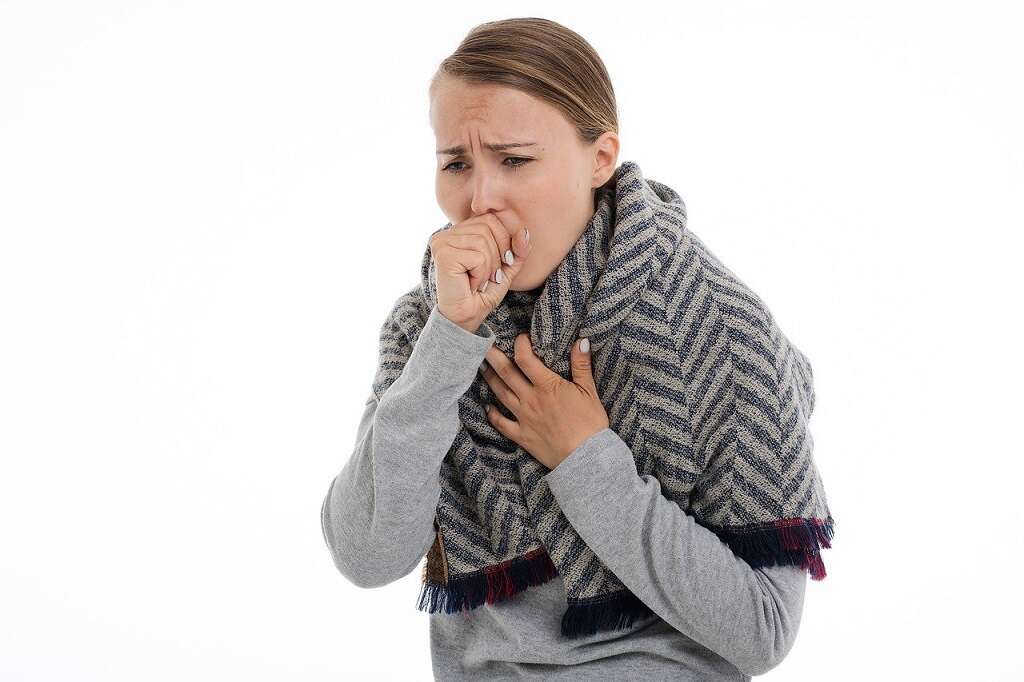
Headache
Sometimes people experience a headache with other common cold symptoms, although headaches are more common in cases of flu. Headaches can occur in any area of the head, and the pain can last between nine and 10 days.3‘Common Colds: Overview.’ InformedHealth.org /[Internet/]., U.S. National Library of Medicine, 8 Oct. 2020, www.ncbi.nlm.nih.gov/books/NBK279543/
To reduce headache pain, use NSAIDs, such as acetaminophen or ibuprofen. Additionally, some over-the-counter cold medicines include acetaminophen to relieve discomfort. Drink plenty of fluids. Dehydration can worsen cold symptoms, including headaches. Avoid bright lights and loud noises if they cause the pain to increase.
Body Aches
Body aches are common with a typical cold and are usually mild. A cold usually takes longer for the body to respond with general aches and pains. The discomfort happens because the immune system is working overtime to rid the body of the virus.
The pain should go away in a couple of days and leave no long-lasting effects. To reduce general aches and pains, take over-the-counter NSAIDs, and get plenty of rest.4‘Why Do Muscles, Joints Ache during the Flu?’ News, news.llu.edu/health-wellness/why-do-muscles-joints-ache-during-flu
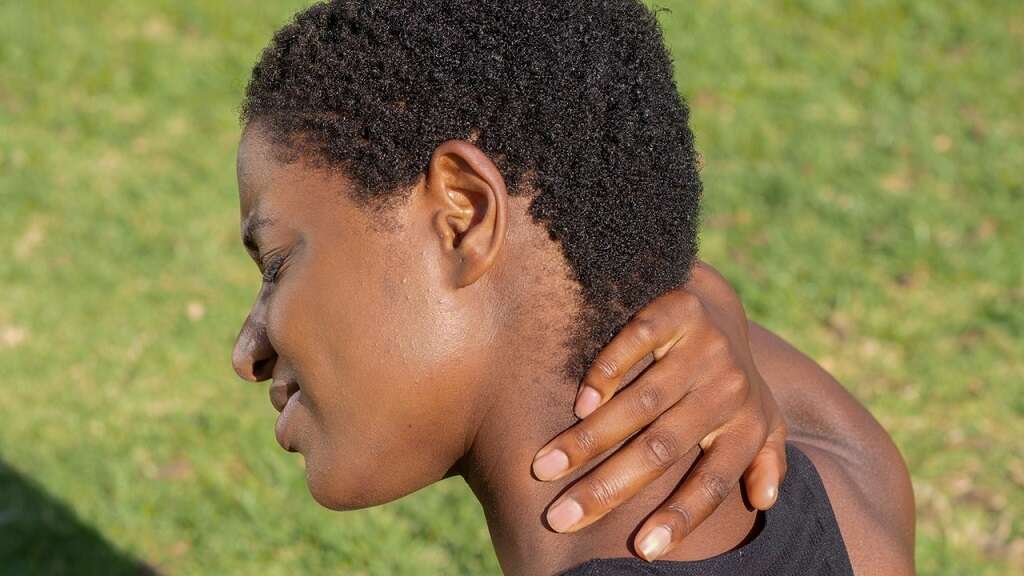
Chest Congestion
Chest congestion is slightly different from other common cold symptoms. It's more typical of a chest cold, which is also known as bronchitis. Bronchitis typically doesn't require an antibiotic, and it clears up in about three weeks. A common cold can complicate bronchitis.
To treat mild chest congestion at home, use a cool-mist vaporizer, drink plenty of water and rest. If the symptom doesn't go away, becomes worse or presents with a fever and shortness of breath, contact a physician.5‘Chest Cold (Acute Bronchitis).’ Centers for Disease Control and Prevention, Centers for Disease Control and Prevention, 14 Apr. 2021, www.cdc.gov/antibiotic-use/bronchitis.html
Fever
Although fever isn't a typical common cold symptom, it can happen. There are over 200 viruses that cause colds, so the body's reaction can vary from person to person. However, the fever that accompanies a cold is typically a mild fever of 101.4 degrees Fahrenheit or less.
Standard treatment involves rest, fluids, and NSAIDs, such as acetaminophen or ibuprofen, to reduce the fever. Also, avoid using heavy blankets or a hot shower, which can raise the body temperature.
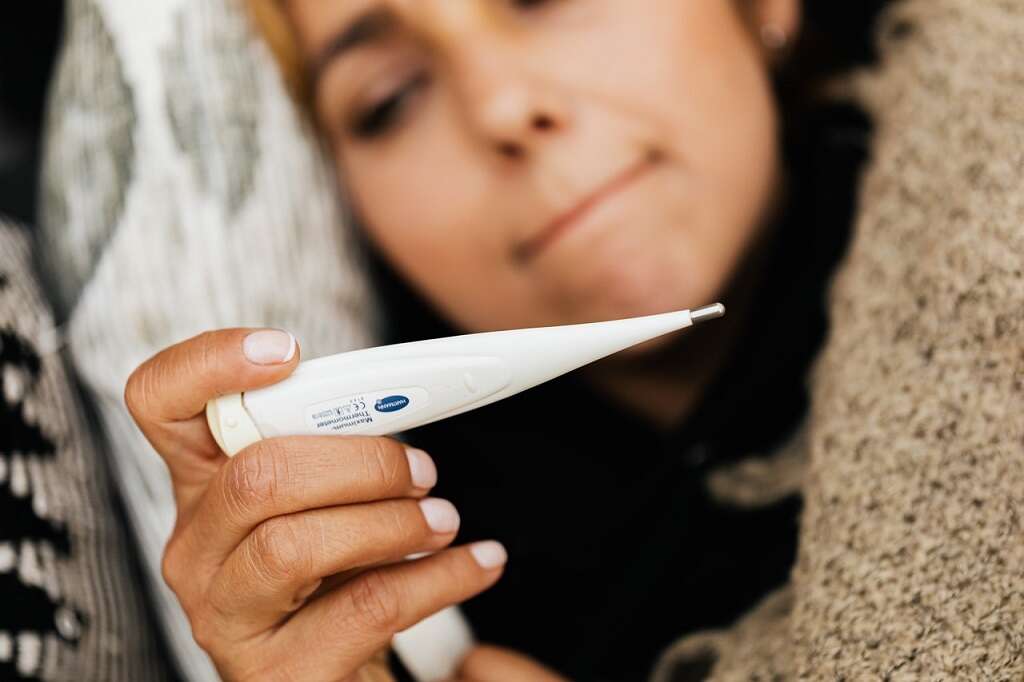
Chills
Chills often accompany a fever. These are feelings of extreme cold when it's warm or when no one else is experiencing a cool temperature. Chills can last an hour or longer and often return when the fever rises.
Treating chills requires reducing the fever. Take over-the-counter NSAIDs and drink plenty of fluids, avoiding warm liquids that raise the body temperature. Contact a doctor if the fever goes over 101.4 degrees Fahrenheit and the chills worsen.
Tiredness
One common cold symptom is exhaustion. Constant coughing, sneezing, body aches and nose blowing is tiring. In addition, fever and chills take a toll on the body. Even with regular rest, a person could feel tired for several days after their other symptoms go away.
The body needs the rest to fight the virus. Don't fight feeling sleepy with the common cold. Take naps and sleep longer to allow the body time to recover.



